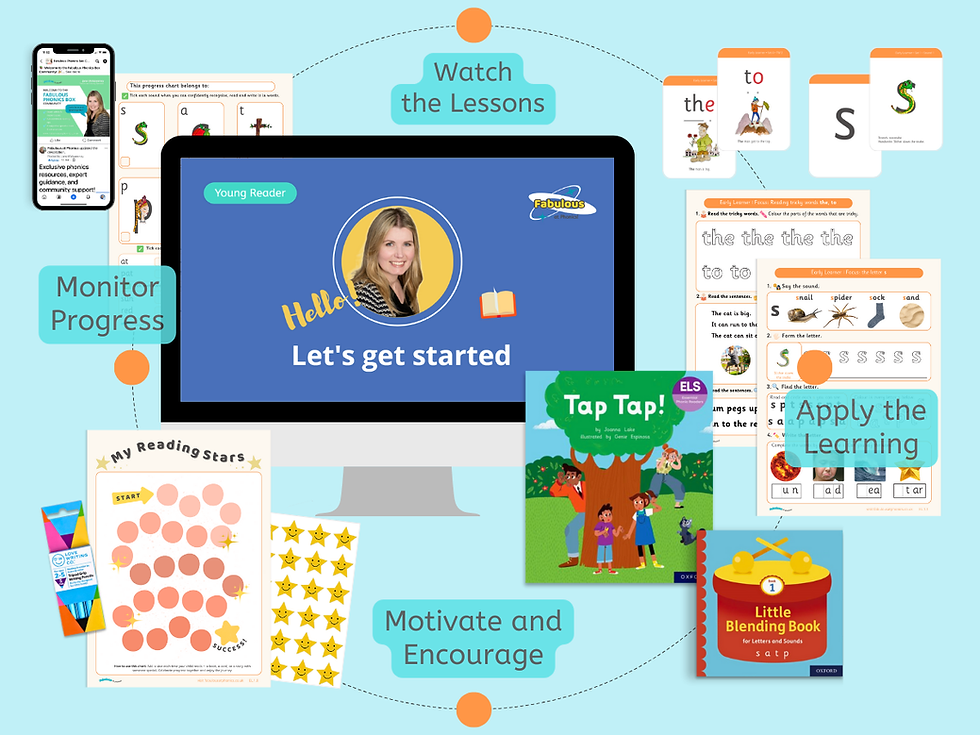From Leaf to Letter: A Fine Motor Autumn Activity for Confidence and Calm
- Fabulous at Phonics!

- Nov 6
- 2 min read
Why This Activity Matters
This month’s early learner box includes a deceptively simple task: colour autumn leaves, cut them out, and share or display. But behind the calm invitation lies mapped intention. Every step is chosen to support fine motor control, emotional safety, and foundational growth.
As a phonics specialist and mapped curriculum designer, I select each activity with care. This one bridges texture, tone, and technique while gently building the confidence children need for handwriting and self-expression. From sensory exploration to quiet pride in display, it’s a moment of growth families can see—and feel.

Texture, Tone, and Technique
We began with real autumn leaves. Each one was a sensory invitation. Children explored texture and tone through colouring, layering, and mark making. Some chose bold strokes. Others quiet detail. Every choice was valid, and every leaf became a canvas for calm.
By offering a wide variety of mark making tools, we supported grip variation, pressure control, and emotional expression. This stage isn’t just about colour: it’s a mapped sensory moment. Children notice texture, choose tools, and create with intention. For families, it’s a moment of quiet connection. Watching a child engage with texture and tone builds trust in their process and pride in their progress.
Fine Motor and Emotional Safety

Cutting may seem simple, but it’s a mapped moment of growth. From grip strength to bilateral coordination, this stage supports the fine motor control children need for handwriting and self-expression.
We use child-safe scissors and offer gentle prompts to protect emotional safety. Some children cut boldly. Others take their time. Both approaches build confidence, control, and calm.
For families, it’s a visible milestone. Watching a child navigate the cutting stage, then proudly display their work, creates a sense of ownership and joy. It’s not just about scissors. It’s about self-belief.
Why It Matters
Every activity in the box is chosen with mapped care. As a phonics specialist and curriculum designer, I build each task to support foundational skills, emotional safety, and visible progress.
This one bridges colour, control, and calm. It supports fine motor development, handwriting readiness, and quiet confidence, while offering families a moment of connection they can see and feel. Seasonal themes like autumn leaves spark gentle conversation and further learning. Children notice change, ask questions, and share what they see. These moments build vocabulary, curiosity, and emotional connection.
For families, it’s more than an activity. It’s a mapped invitation to notice growth, celebrate effort, and build trust in the learning journey.

A Gentle Invitation
If you’re building fine motor and phonics confidence this season, this activity offers more than scissors and leaves. It’s a mapped moment of growth. Chosen with care, designed for calm, and ready to support every learner.
Whether you’re exploring the box or looking for gentle tuition, I’m here to help. Message anytime for mapped support, or save this post to revisit when the timing feels right.





Comments